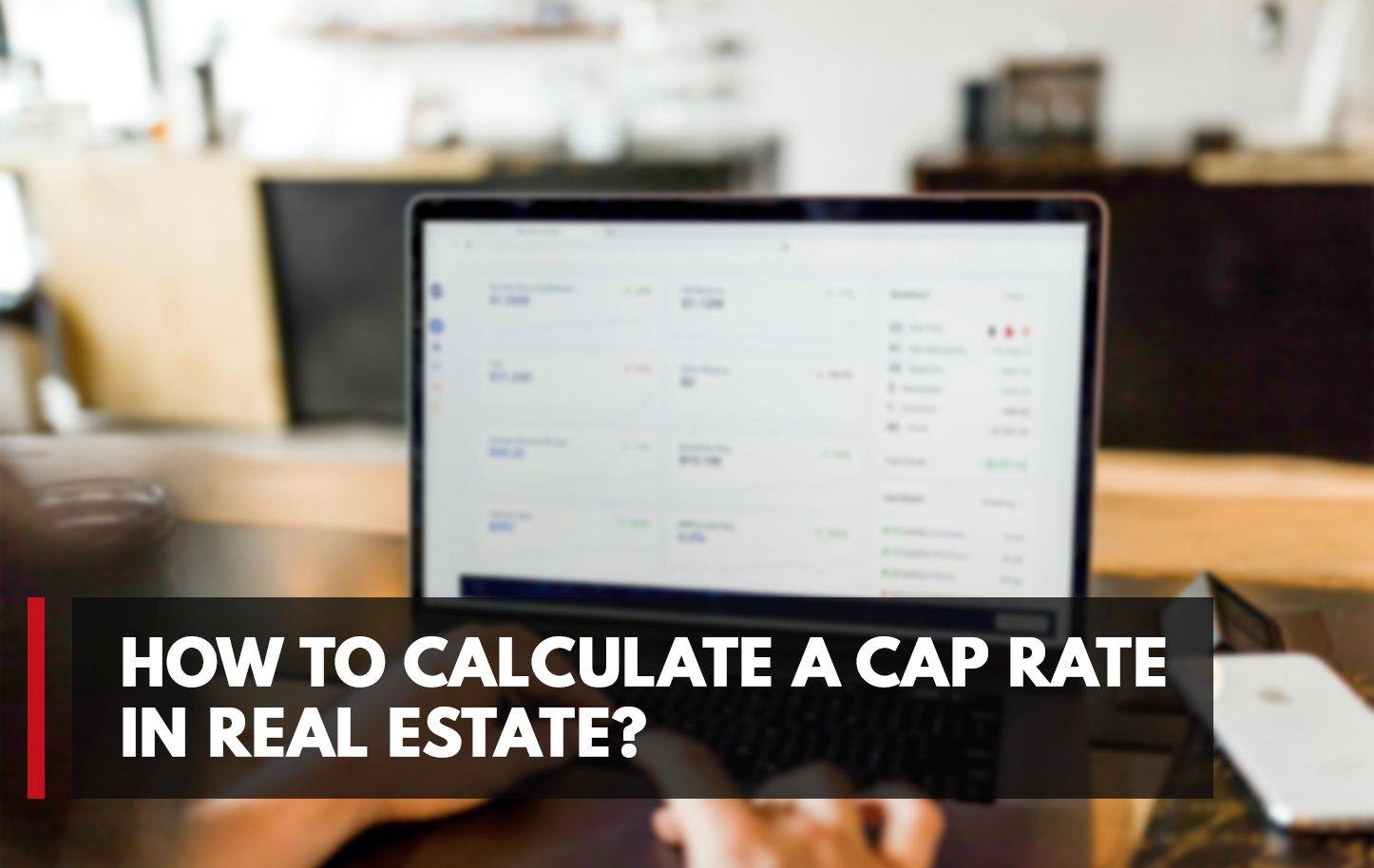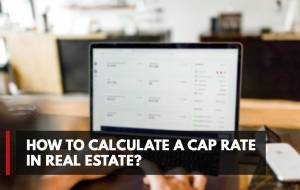
How To Calculate A Cap Rate In Real Estate?
Published At: Wed, 12/15/2021 - 03:21
Capitalization rate (cap rate) helps real estate investors measure the return on their investment. Property owners can use cap rates to calculate how much rent they can charge based on the property's net operating income.
The cap rate reflects the financial performance expected from rental properties over time. However, it is not exact since it doesn't consider vacancies or expenses outside of general maintenance costs, such as electricity fees and water bills.
The cap rate helps investors determine if they should buy a particular property and whether it would be profitable after factoring in all the expenses once tenants move in.
Real estate cap rates can be a little confusing to understand. But once you know how it works and the numbers you should look out for, this will surely help improve your real estate business.
Let's take a closer look at cap rates and see how they affect you as an investor or property owner.
What is Cap Rate?
The cap rate is a formula that investors use to determine how much money they will be earning every year after deducting all the expenses for their properties. The cap rate shows what percentage of profit an investor can expect from their property over a certain period.
The equation considers several factors: rental income, operating expenses, amortization, and depreciation costs. In real estate investment, cap rates can indicate whether buying a particular property would yield good returns based on its expected future cash flow stream. As a result, investors usually compare cap rates before deciding where to invest their money.
How to Calculate Cap Rate?
You should take note of two values in calculating the capitalization rate for a particular property; net operating income (NOI) and the property's current market value.
The net operating income is the annual generated income from a property after all deductibles like vacancy, operating expenses, and property tax. The current market value is the most up-to-date valuation of the property based on present-day market trends.
The cap rate is calculated by dividing the net operating income by the current market value. The value of the cap rate is expressed in percentage form. The formula for calculating cap rate is:
[Net Operating Income] / [Current Market Value] = [Capitalization Rate]
Examples of Cap Rate Calculation
Suppose John Doe is looking to purchase a commercial real estate property to invest in. Property A is currently valued at $1.2 million, and its operational expenses (including property tax) amount to $25,000. John can feasibly rent Property A for $80,000 annually.
On the other hand, Property B is valued at $1.4 million and costs $40,000 annually to maintain. Although more expensive to purchase and maintain, Property B can reasonably be rented to tenants at $110,000 per year.
For John to determine which property would be a better investment for him in the long run, he has to calculate the cap rate for each property.
For Property A:
[Net Operating Income] / [Current Market Value] = [Capitalization Rate]
[$80,000 - $25,000] / [$1,200,000] = 4.58%
For Property B:
[Net Operating Income] / [Current Market Value] = [Capitalization Rate]
[$110,000 - $40,000] / [$1,400,000] = 5.00%
Although on paper, Property B might sound like just another expensive investment with a higher maintenance cost, it would be more profitable than property A by a small margin of 0.42%.
Do note, though, that these calculations assume the ideal scenarios for calculating capitalization rate. This is because a couple of different, sometimes even unpredictable, factors could affect a property's cap rate value.
For instance, taking the same values from Property A, but now the property's market value has suddenly dropped from $1.2 million to $1 million, and the government just passed a law that ultimately reduces your property tax by $1,500. Your new market capitalization would now be:
[Net Operating Income] / [Current Market Value] = [Capitalization Rate]
[$80,000 - $23,500] / [$1,000,000] = 5.65%
Given these changes, Property A is now a more profitable investment for John Doe than Property B. These changes to the cap rate calculation of properties can come very quickly and unpredictably at times. Therefore, you always have to be careful about your investment decisions and always consult a professional or someone experienced with real estate like My Perfect Workplace.
Why Does Learning About Cap Rates Matter?
Cap rates can be advantageous, especially for real estate investors and property owners who want to determine the potential profitability of a particular investment.
Cap rate lets you see how much income your property might earn in terms of yearly percentage so that you'll have an easier time deciding whether or not it's worth investing in.
Knowing this allows real estate investors to make more favorable decisions when it comes time to crack open their wallets.
Many factors determine cap rates, including location value, lot size, etc., which may vary from one real estate investment opportunity to another. By comparing these figures carefully with other similar investments, cap rates will show you if your potential earnings are in line with or better than others.
Final Thoughts
Whether you're an experienced real estate investor or new to the game, cap rates are worth knowing about. When appropriately used, cap rates can be beneficial in determining how much of a return on investment you'll get from your properties moving forward—and they help investors and property owners alike make better decisions!


